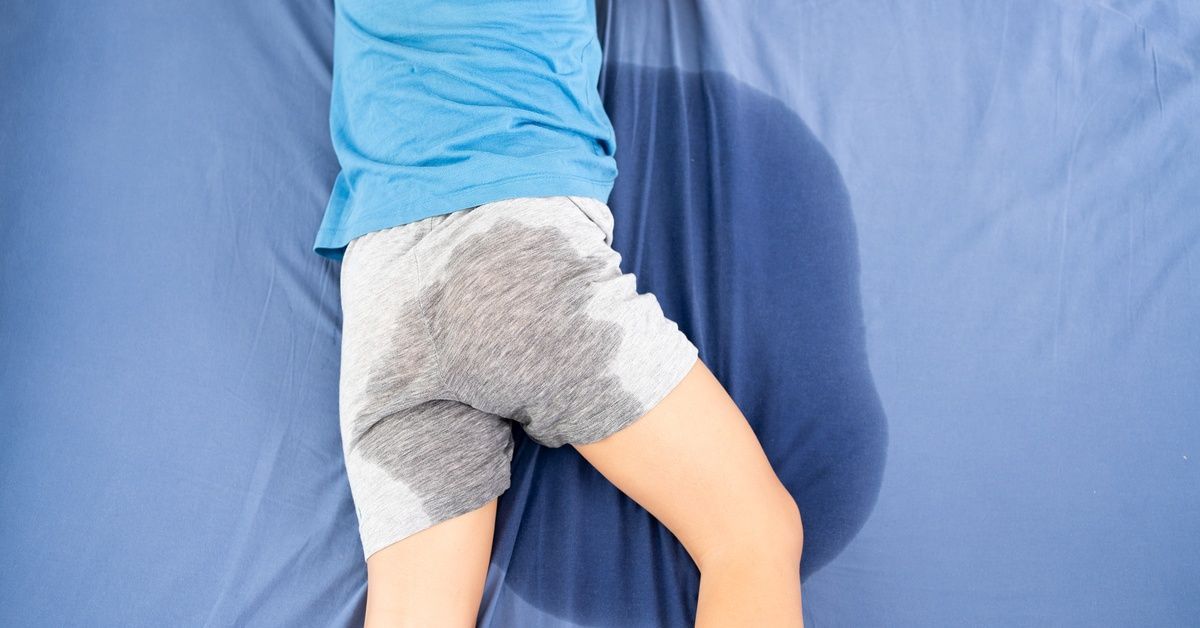Strategies for Reducing Bed-Wetting in Children With Autism
Bed-wetting is a common yet sensitive topic for many families, particularly for those with children on the autism spectrum. It can be an emotional and frustrating experience, but families should take heart in knowing they aren’t alone. With the right knowledge and strategies, this challenge can be addressed effectively, leading to meaningful progress for children and relief for caregivers.
The HANDS Center for Autism is committed to providing practical, supportive guidance for parents navigating these situations, such as reducing bed-wetting in children with autism. Small adjustments in daily habits and routines can make a big difference in controlling bed-wetting.
The Connection Between Bed-Wetting and Autism
Bed-wetting often occurs more frequently in children with autism. Sensory sensitivities, for instance, affect many children on the spectrum and can make it more challenging for them to recognize bodily signals. This difficulty can delay recognition of the need to use the bathroom, particularly during the night, when the body’s signals may be subtler.
Communication challenges may also contribute to bed-wetting. If a child struggles to express their needs, it might be difficult for them to explain when they need to use the restroom or understand reminders to do so before bed. On top of this, disrupted sleep patterns, which are common in children with autism, can exacerbate the issue. Waking up to use the bathroom might feel unnatural for a child who already struggles with sleep routines.
Anxiety, often heightened by changes in routine or sensory overwhelm, may also play a role. Stress can sometimes lead to regression in toilet-training progress or trigger irregular bathroom habits. Reassuringly, these challenges can be addressed with targeted interventions and care.
Distinguishing Between Typical Bed-Wetting

Understanding the difference between what’s expected and when to reach out for help can guide families in supporting their child more confidently. Occasional bed-wetting is common, especially during the potty-training years. Young children are still learning to recognize and respond to their body’s signals during sleep. It’s developmentally expected for many kids to experience nighttime accidents through the age 5 or even slightly older.
If bed-wetting continues past the typical developmental window or reappears after a stretch of dryness, it may be time to consult a professional. Applied behavioral analysis (ABA) therapists and pediatricians can identify underlying challenges that may be contributing to the issue.
For instance, health care providers might look into medical factors like constipation, sleep disorders, or urinary tract infections. ABA therapists can assess behavioral or sensory challenges that may play a role. By identifying root causes, the care team can tailor support strategies to your child’s specific needs. With guidance, families can put effective strategies into place to help their child build confidence and experience more dry nights. The earlier support begins, the sooner families often start seeing progress.
Foundational Strategies To Support Success
Building a Consistent Nightly Routine
Reducing bed-wetting often begins with simple foundational techniques. Establishing a consistent bedtime routine is key for children with autism. Predictability can reduce stress and create a calming environment. This routine should include a bathroom visit during the wind-down process, making it a natural part of the evening.
Limiting fluids in the hours leading up to bedtime can also help. Encouraging hydration earlier in the day ensures the child has had enough to drink without increasing the likelihood of nighttime accidents. A gentle yet consistent approach to evening bathroom trips can reinforce habits without creating pressure or negativity.
Creating a Sensory-Friendly Sleep Environment
The sensory experience of the sleep environment impacts bed-wetting. Children with autism may have heightened sensitivity to bedding textures, noises, or lighting, which can disrupt their sleep. Bedding that feels scratchy or too warm, loud household noises, or overly bright night-lights may all interfere with comfortable rest.
Creating a sensory-friendly environment could include introducing weighted blankets, soft lighting, or white noise machines to soothe a child with sensitivities. These adjustments can improve the chance of an uninterrupted and relaxing sleep, minimizing the likelihood of accidents.
Helping your child tune into their body’s signals is another essential strategy. ABA methods can encourage body awareness in a positive and empowering way. For example, gentle prompts and praise when a child correctly identifies their need to use the bathroom can reinforce this skill without imposing shame or stress.
Using Positive Reinforcement and ABA Principles at Home

Rewarding positive behavior is far more effective than focusing on mistakes. Punishment is not only unhelpful in addressing bed-wetting but can also create fear and guilt that may worsen the issue. By focusing on encouragement, parents and caregivers can help children feel emotionally safe and supported.
Simple ABA techniques can be incorporated into everyday life. For example, parents can model consistency by encouraging pre-bedtime bathroom use or celebrating progress with small, meaningful rewards. Families may benefit from ABA training for parents, which equips adults with skills to support their child through everyday challenges like bed-wetting. Training gives parents the tools to approach situations calmly, use reinforcement effectively, and build confidence in themselves and their child.
Tools and Products That May Help
Practical tools can also play a role in addressing bed-wetting. Waterproof mattress covers protect beds from accidents and simplify cleanup, while bed-wetting alarms can gently train children to notice when they need to use the restroom at night. These alarms emit soft sounds or vibrations when moisture is detected, encouraging awareness over time.
Visual schedules or bathroom cues are especially helpful for children with communication challenges. A simple picture-based schedule can remind your child of daily routines, including when to visit the bathroom. They will be empowered to take small, independent steps toward managing their needs.
When To Ask for Professional Help
When foundational strategies and tools don’t seem to be enough, professional support can provide additional guidance. ABA therapists are particularly skilled at developing custom behavior plans tailored to the unique needs of each child. These professionals collaborate with families to create an approach that builds success gradually and compassionately.
Pediatricians or specialists may also be valuable partners in addressing bed-wetting. Checking for underlying medical concerns can rule out contributing factors, while team-based care ensures that all aspects of the child’s health and development are considered in the solution.
Supporting Progress Through Encouragement
No matter how challenging bed-wetting may feel, families should know that it’s a manageable issue. Celebrating small wins, such as a dry night or a child remembering to use the bathroom, fosters motivation and builds confidence. Progress may take time, but it is achievable with patience and support. Every child develops at their own pace, and no single strategy works for every family.
With the right tools, resources, and professional input when needed, families can shift from frustration to hope. Strategies for reducing bed-wetting in children with autism are most effective when they’re tailored to each child’s unique needs and routines. At the HANDS Center for Autism, we partner with families to create compassionate, individualized plans that focus on building confidence and supporting progress over time.






